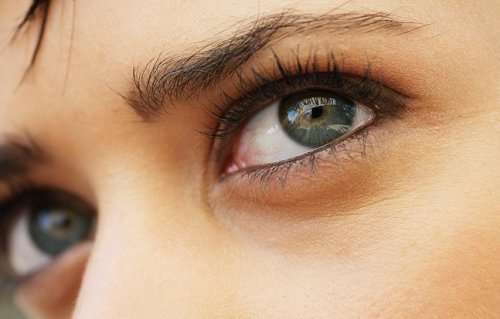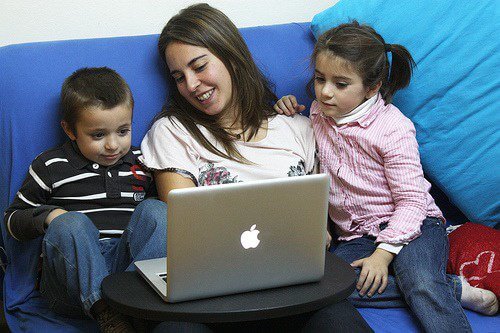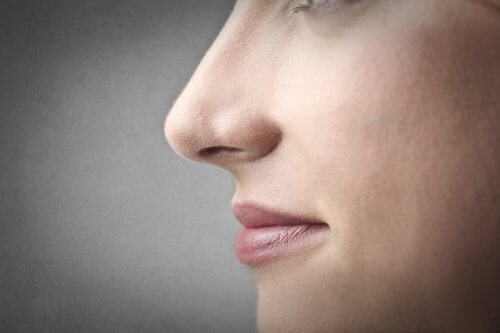How Your Genes Affect Your Child's Appearance

Finding out you’re going to have a child is an incomparable feeling. You’ll be constantly asking yourself if you have everything you need or if your baby will be born healthy. Thinking about their physical appearance (their eyes, hands, hair, feet…) is also extremely moving. But do you know how your genes will affect your child’s appearance?
Currently, we can predict the physical appearance your child will have based on their genetics, with only a small margin of error. Advances in this field have given us the ability to guess pretty accurately, but we still have a lot to learn.
This is possible thanks to the fact that there are two kinds of genes:
Dominant genes
These are genes that are in your DNA. As their name indicates, they overpower the rest. As a result, they are the ones that appear more often in your children based on their genes.
Recessive genes
These are weaker. But that doesn’t mean they go away. These weaker genes might not affect your child’s appearance, but it could affect their child, one generation down the line.
Today, we’re going to look at some of the genetic information that can help predict what your child will look like.
How your genes might affect your child’s appearance
1. Eyes

The color of your child’s eyes will depend on the melanin that comes from certain genes.
The concentration of this substance varies during childhood. This explains why many children are born with light-colored eyes but end up having brown or even almost black eyes.
Dark tones come from the dominant gene. Here’s a basic overview of how it works:
- If both parents have dark eyes, there’s a 75% chance that their child’s eyes will be the same as theirs. There’s also an 18% chance that the child’s eyes will be green. Finally, the probability that their eyes will be blue are limited to about 6%.
- If you combine green and brown eyes, then the percentage for getting a dark color goes down to 50%. At the same time, the chances go up to 37% for green eyes and 12% for blue eyes
- If you have blue and brown eyes, the colors are at 50% each.
- If you both have green eyes, there’ s a 75% chance that your child will have the same color. But there’s also a 25% chance they’ll be blue.
- If you have green and blue eyes, both colors are equally likely.
- If you both have blue eyes, it’s almost certain that your child will have blue eyes. There’s only a 1% chance that they’ll be green.
2. Hair color

It’s the same as in the last case: the dark gene is dominant. So, if one parent has brown or black hair, their children usually have this color. This depends on their genetics.
You might like:
Henna: The Healthy and Natural Way to Dye Your Hair
However, if you have blond or red-haired ancestors, your grandchildren could be blond or red-headed. It’s especially likely if your partner has this color hair.
3. Mouth
Full lips are the dominant gene. Thin lips are the recessive gene in this case. So, most babies will have a mouth more similar to whichever partner has bigger lips.
This happens unless one of the grandparents had thin lips. In this case, your child could also have thinner lips.
4. Nose

Here, the dominance gene is a high bridge, and a wide nose is recessive. This is the reason for the classic “hooked nose.” It travels through members of the same family. But, obviously, our noses come in all shapes and sizes, so there has been a lot of variation.
5. Facial morphology
Oval-shaped and long faces are more dominant than round faces. High cheekbones are also recessive.
With this information, you can get a more precise idea of what your child’s appearance might be like based on their genes. But don’t forget that their personality will shape their appearance too. Eyes aren’t just their color, in the same way that a smile isn’t just about your teeth.
The way your child acts will round out their physical appearance. To encourage and empower their dreams, we recommend that you read one of our articles on these subjects.
So, what do you think your baby is going to look like?
This text is provided for informational purposes only and does not replace consultation with a professional. If in doubt, consult your specialist.








